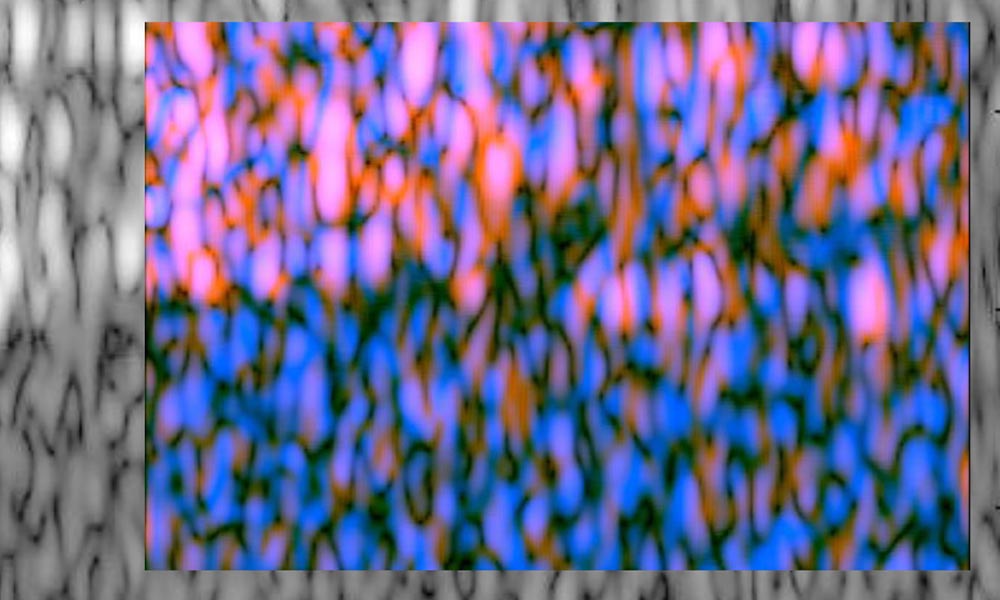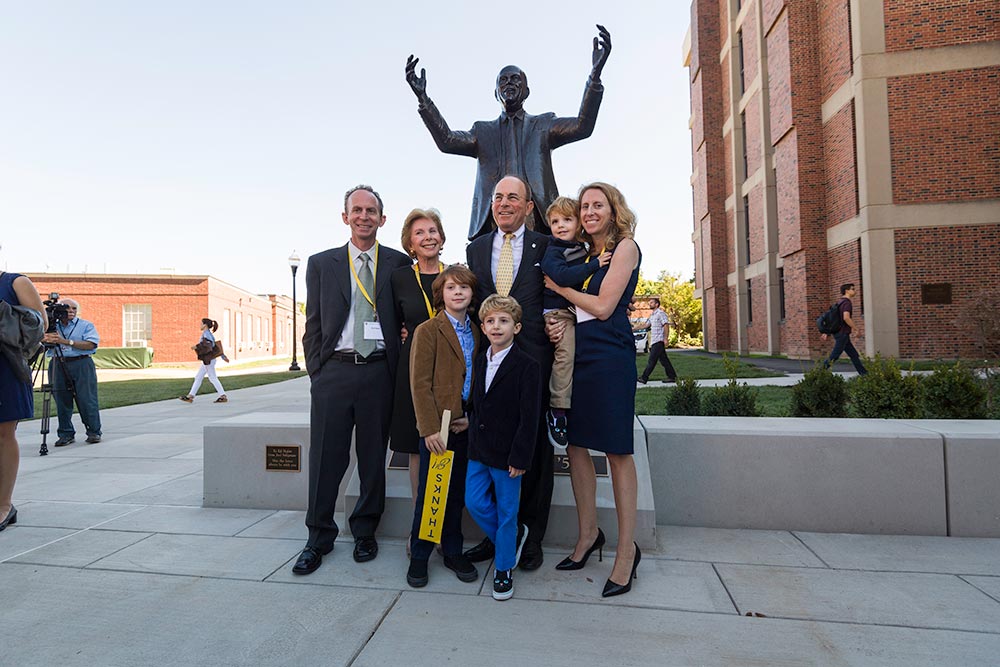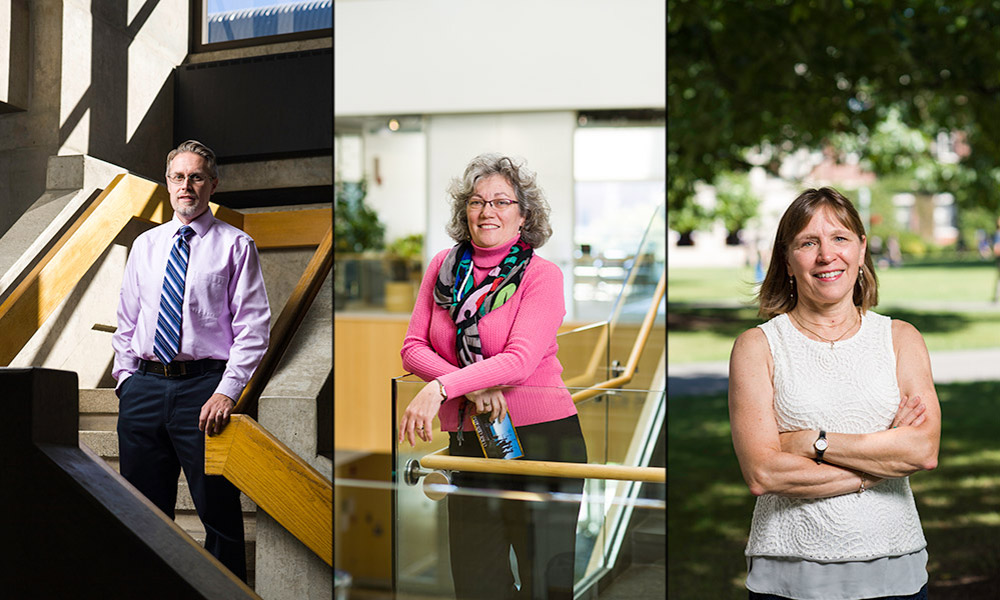
Health & Medicine
Seed grant enables researchers to try new approach to targeting leukemia
November 3, 2016
University researchers hope to improve the odds of surviving acute myeloid leukemia by loading a promising compound into nanoparticles that will target the inner recesses of bone marrow where leukemia stem cells lurk.









